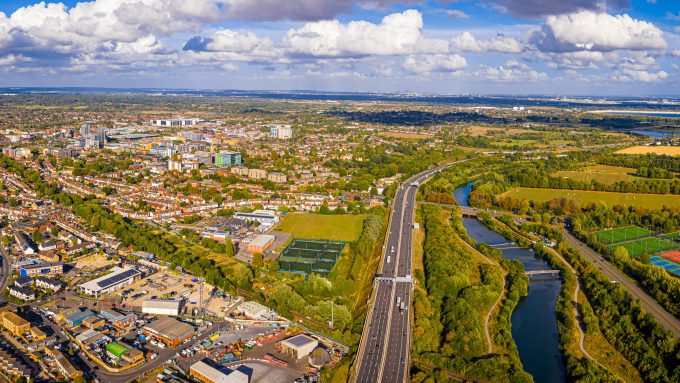
Integrating population projections into intelligent transport systems

Synergy PRIME is a proof of concept for integrating population growth projections, agent-based modelling and interactive traffic simulation to assist the development of future intelligent transport systems.
Project aims
Explore the possibility of integrating population projections (Mistral), agent-based modelling (Surf) and interactive simulations (Aimsun) with existing transport design methodologies. This could ultimately strengthen the potential of Aimsun as a tool for developing and testing future projected scenarios, therefore supporting the design of future intelligent transport systems.
The Project
The Mistral/Surf integration involved generating population projections (2018 to 2041) at the Local Authority District (LAD) level and then converting them to the Output Area (OA) level, to be used as input for Surf. Upon running the Surf model using the synthetic population from Mistral, trip data was collected and converted to an XML file of traffic arrivals that is compatible with Aimsun. A digital twin of Otley and its surrounding areas was developed in Aimsun, where the trips were simulated.
Application
This research could assist government agencies, local authorities and consultancies, design future intelligent transport systems within the smart mobility framework. The outcomes could also be beneficial to vehicle manufacturers and service providers who need to understand the future environments within which their products and services will need to operate. The Workshops organised by the Connected Places Catapult allowed the project team to meet with all the interested parties and to define what questions the model should be able to answer. This supported Local Transport Authorities in their priorities and needs around mobility and future systems trends.





